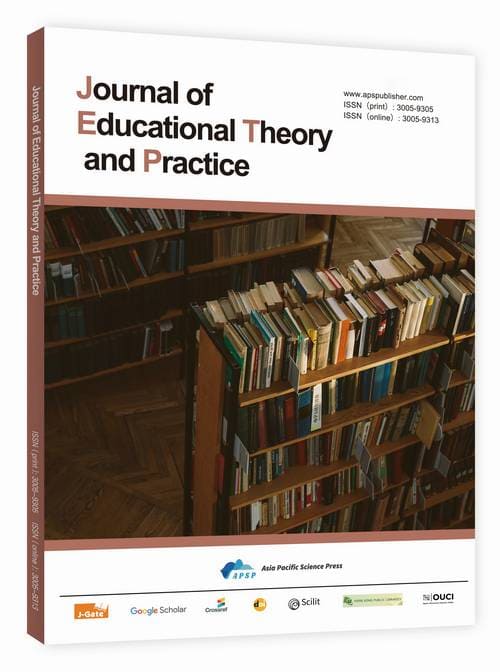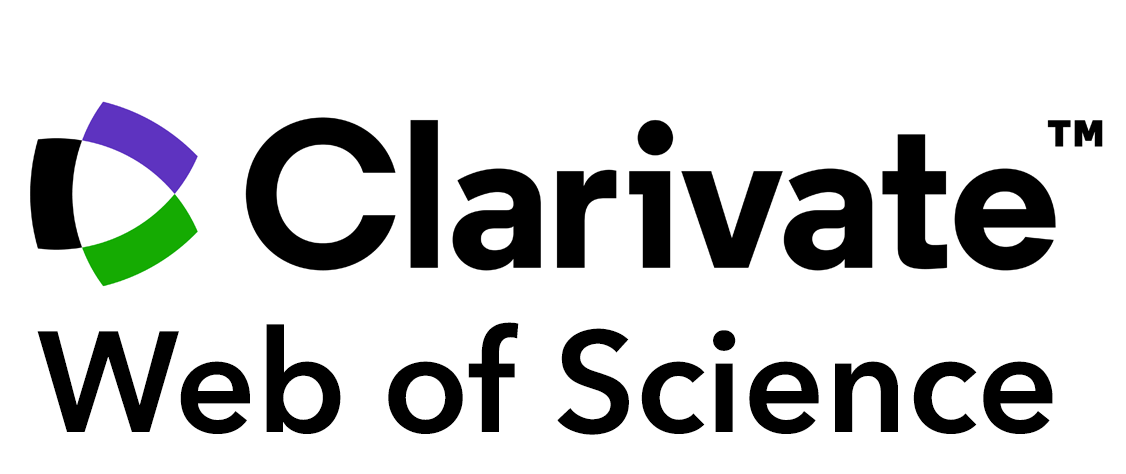Digital Tools in Early Childhood Education: Opportunities, Barriers, and Management Implications - A Comparative Study of Urban and Rural Public Kindergartens in Guangdong Province
DOI:
https://doi.org/10.62177/jetp.v2i3.578Keywords:
Digital Tools, Early Childhood Education, Urban-Rural Comparison, Technology Integration, Management ImplicationsAbstract
The integration of digital tools in early childhood education presents both opportunities and challenges for educators and administrators across different contexts. Limited comparative research exists on how urban versus rural early childhood educators experience digital tool integration, particularly regarding contextual barriers and management support needs in Chinese settings. This study compared educators' experiences with digital tools between urban Shenzhen and rural Meizhou kindergartens to identify context-specific barriers requiring differentiated management approaches. Semi-structured interviews were conducted with early childhood educators from urban Futian District and rural Meixian District public kindergartens, with comparative thematic analysis used to identify contextual differences and similarities. Results revealed five major themes: digital tool opportunities varied by resource availability, implementation barriers differed significantly in severity between contexts, contextual factors shaped adoption patterns, management support needs reflected current capacity levels, and future visions aligned with realistic constraints. Urban educators focused on optimization and advanced integration while rural educators emphasized foundation building and creative adaptation. The study provides the first systematic urban-rural comparison of digital tool integration in Chinese public early childhood education from both pedagogical and management perspectives, offering evidence-based recommendations for differentiated support strategies that address equity while building on contextual strengths.
Downloads
References
Alotaibi, M. S. (2023). Factors influencing early childhood educators' use of digital educational aids: A sequential explanatory study. SAGE Open, 13(4), 1-15. https://doi.org/10.1177/21582440231217727
Bers, M. U., Flannery, L., Kazakoff, E. R., & Sullivan, A. (2014). Computational thinking and tinkering: Exploration of an early childhood robotics curriculum. Computers & Education, 72, 145-157. https://doi.org/10.1016/j.compedu.2013.10.020
Beschorner, B., & Hutchison, A. C. (2013). iPads as a literacy teaching tool in early childhood. International Journal of Education in Mathematics, Science and Technology, 1(1), 16-24.
Braun, V., & Clarke, V. (2006). Using thematic analysis in psychology. Qualitative Research in Psychology, 3(2), 77-101. https://doi.org/10.1191/1478088706qp063oa
Brown, J. S., Collins, A., & Duguid, P. (1989). Situated cognition and the culture of learning. Educational Researcher, 18(1), 32-42. https://doi.org/10.3102/0013189X018001032
Burnett, C. (2010). Technology and literacy in early childhood educational settings: A review of research. Journal of Early Childhood Literacy, 10(3), 247-270. https://doi.org/10.1177/1468798410372154
Cicconi, M. (2014). Vygotsky meets technology: A reinvention of collaboration in the early childhood mathematics classroom. Early Childhood Education Journal, 42(1), 57-65. https://doi.org/10.1007/s10643-013-0582-9
Davis, F. D. (1989). Perceived usefulness, perceived ease of use, and user acceptance of information technology. MIS Quarterly, 13(3), 319-340. https://doi.org/10.2307/249008
Dolan, J. E. (2016). Splicing the divide: A review of research on the evolving digital divide among K–12 students. Journal of Research on Technology in Education, 48(1), 16-37. https://doi.org/10.1080/15391523.2015.1103147
Dorouka, P., Papadakis, S., & Kalogiannakis, M. (2020). Tablets and apps for promoting robotics, mathematics, STEM education and literacy in early childhood education. International Journal of Mobile Learning and Organisation, 14(2), 255-274. https://doi.org/10.1504/IJMLO.2020.10026334
Dwyer, A., Jones, C., & Rosas, L. (2019). What digital technology do early childhood educators use and what digital resources do they seek? Australasian Journal of Early Childhood, 44(1), 91-105. https://doi.org/10.1177/1836939119841459
Hatzigianni, M., Stephenson, T., Harrison, L. J., Boland, A. M., Chen, L., & Holley, D. (2023). The role of digital technologies in supporting quality improvement in Australian early childhood education and care settings. International Journal of Child Care and Education Policy, 17(1), 1-26. https://doi.org/10.1186/s40723-023-00107-6
Higgins, S., Xiao, Z., & Katsipataki, M. (2012). The impact of digital technology on learning: A summary for the Education Endowment Foundation. Education Endowment Foundation.
Marsh, J., Plowman, L., Yamada-Rice, D., Bishop, J., Lahmar, J., & Scott, F. (2018). Play and creativity in young children's use of apps. British Journal of Educational Technology, 49(5), 870-882. https://doi.org/10.1111/bjet.12622
Murcia, K., Campbell, C., & Aranda, G. (2018). Trends in early childhood education practice and professional learning with digital technologies. Pedagogika, 68(3), 249-264. https://doi.org/10.14712/23362189.2018.858
Neumann, M. M. (2018). Using tablets and apps to enhance emergent literacy skills in young children. Early Childhood Research Quarterly, 42, 239-246. https://doi.org/10.1016/j.ecresq.2017.10.006
Patton, M. Q. (2015). Qualitative research & evaluation methods: Integrating theory and practice (4th ed.). SAGE Publications.
Piaget, J. (1977). The development of thought: Equilibration of cognitive structures. Viking Press.
Romero-Tena, R., Barragán-Sánchez, R., & Llorente-Cejudo, C. (2020). The challenge of initial training for early childhood teachers. A cross sectional study of their digital competences. Sustainability, 12(11), 4782. https://doi.org/10.3390/su12114782
Sinclair, N. (2018). Time, immersion and articulation: Digital technology for early childhood mathematics. In E. Iliada, J. Mulligan, A. Anderson, A. Baccaglini-Frank, & C. Benz (Eds.), Contemporary research and perspectives on early childhood mathematics education (pp. 205-221). Springer. https://doi.org/10.1007/978-3-319-73432-3_12
Stamopoulos, E. (2018). Reframe, refocus, reform: Policy directions for early childhood education and care. In E. Stamopoulos & L. Barblett (Eds.), Early childhood leadership in action: Evidence-based approaches for effective practice (pp. 239-260). Allen & Unwin.
Stone-MacDonald, A., & Douglass, A. (2015). Introducing online training in an early childhood professional development system: Lessons learned in one state. Early Childhood Education Journal, 43(3), 241-248. https://doi.org/10.1007/s10643-014-0649-2
Tondeur, J., Aesaert, K., Pynoo, B., Braak, J. V., Fraeyman, N., & Erstad, O. (2017). Developing a validated instrument to measure preservice teachers' ICT competences: Meeting the demands of the 21st century. British Journal of Educational Technology, 48(2), 462-472. https://doi.org/10.1111/bjet.12380
United Nations. (2015). Transforming our world: The 2030 agenda for sustainable development. United Nations General Assembly.
Vygotsky, L. S. (1978). Mind in society: The development of higher psychological processes. Harvard University Press.
Downloads
How to Cite
Issue
Section
License
Copyright (c) 2025 Yishi Chen, Dongwu Lin

This work is licensed under a Creative Commons Attribution-NonCommercial 4.0 International License.
DATE
Accepted: 2025-09-09
Published: 2025-09-19

















